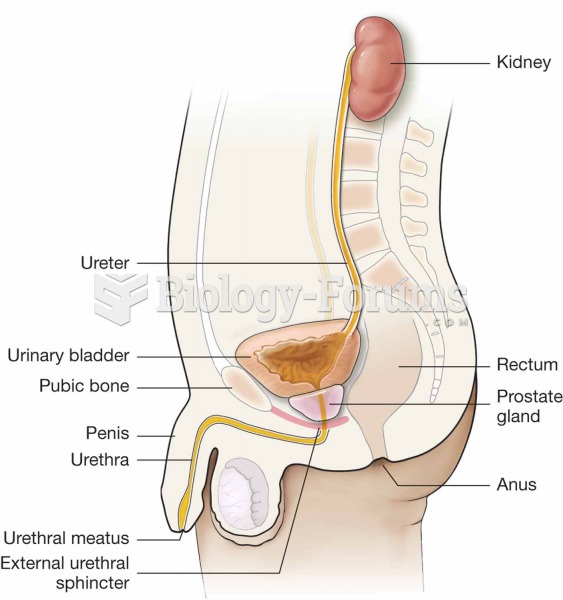CLINIC NOTE
SUBJECTIVE: A 39-year-old female who complains of 1 week of left shoulder (1)__________. She was riding her motorcycle and doing a lot of work prior to the onset of this. She has tenderness in the muscles of her shoulder and has intermittent (2)__________ with discomfort into the hand. She has not dropped any objects. She does have (3)___________ and thought that she may be having a (4)__________, but was not sure. Patient is otherwise in the usual state of health.
OBJECTIVE: Musculoskeletal: Upper extremities have full range of motion, 5/5 muscle strength. (5)__________ is intact. (6)__________ reflex 2/4. There is tenderness over the left supraspinatus in the scapular area, with muscle spasm of the supraspinatus noted. The (7)__________ musculature is unremarkable. There are no skin changes noted. There is no tenderness of the (8)__________ bursa.
ASSESSMENT/PLAN: Left shoulder musculoskeletal pain with (9)__________. Skelaxin 20 mg 2 t.i.d. to q.i.d., 40. Continue with current Celebrex (10)__________. Warm moist heat. No lifting more than 10 pounds. If no improvement over the next 1 week, return for reevaluation.
Question 2
VISIT REASON: Follow up of (1)________. The patient was recently seen in the emergency room on 05/06 and was placed on (2)________ and prednisone because of right facial shingles. She still continues to have right facial pain with tenderness over the ear but no difficulty in hearing. The patient also complains of tenderness on the right side of the face, lip, and the right side of the neck. The patient occasionally gets chest discomfort and shortness of breath on (3)________. Currently she is not on any medication, but she does have a history of gastroesophageal (4)________ disease currently controlled with medication..
PHYSICAL EXAMINATION: Vital signs are stable. All systems are within normal limits.
IMPRESSION AND PLAN:
1. Follow up of shingles, currently stable. The patient has (5)________ (6)________ but do not want to pursue any medications at present. The patient was reassured that she will have pain possibly for 6 months to 2 years and will possibly consider (7)________ if the pain gets worse. Will follow up in 6 weeks for that.
2. Chest discomfort. An (8)________ was done today which showed normal sinus rhythm without any ST-T-wave changes.
3. Gastroesophageal reflux disease. Will continue on an antireflux diet and Pepcid AC p.r.n. Will follow up.






